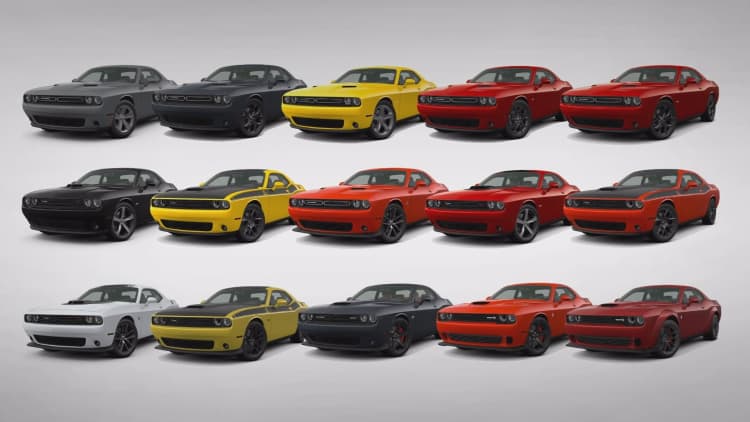There was a time when new car and truck buyers pushed hard to keep their monthly payment under $500. Those days are quickly fading away.
In the first quarter of this year, the average monthly loan payment for a new vehicle climbed $15 compared with last year, hitting an all-time high of $523, according to Experian. The credit analysis company's review of new and open auto loans for the first three months of this year found buyers of new cars, trucks and SUVs borrowed an average of $31,453 — also a record high.
Experian calculated payment and loan amounts after analyzing more than 4.7 million auto loans.
The increase in monthly payments for new vehicles is not surprising given the rise in interest rates. In the first quarter, the average interest rate for a new vehicle loan was 5.17 percent, up 31 basis points compared with a year ago, according to Experian.

Those higher interest rates, along with consumers buying more expensive vehicles pushed more people to extend how long it will take to repay their debt. Experian says the average length of an auto loan in the first quarter was just over five years and nine months.
While, the loan data show Americans are willing to borrow more, it also shows a decline in the number of loans held by those not making their monthly payments. Experian's report found 30-day delinquencies fell in the first quarter to 1.86 percent of all loans. The percentage of loans 60-day delinquent held steady at 0.66 percent. Both delinquency rates are below the industry's historical averages.
Overall, lenders are writing a greater percentage of loans for those with the best credit scores, while pulling back on loans to those with subprime or deep subprime credit scores. The percentage of new vehicle loans to subprime and deep subprime consumers decreased 8.4 percent and 14.1 percent, respectively, according to Experian.
In the first three months of this year, the pace of new vehicles sales topped 17 million vehicles, according to automotive research firm Autodata. That rate is down slightly compared with recent years but is still very strong compared with the auto industry's historical averages for annual auto sales.
Questions? Comments? BehindTheWheel@cnbc.com.


